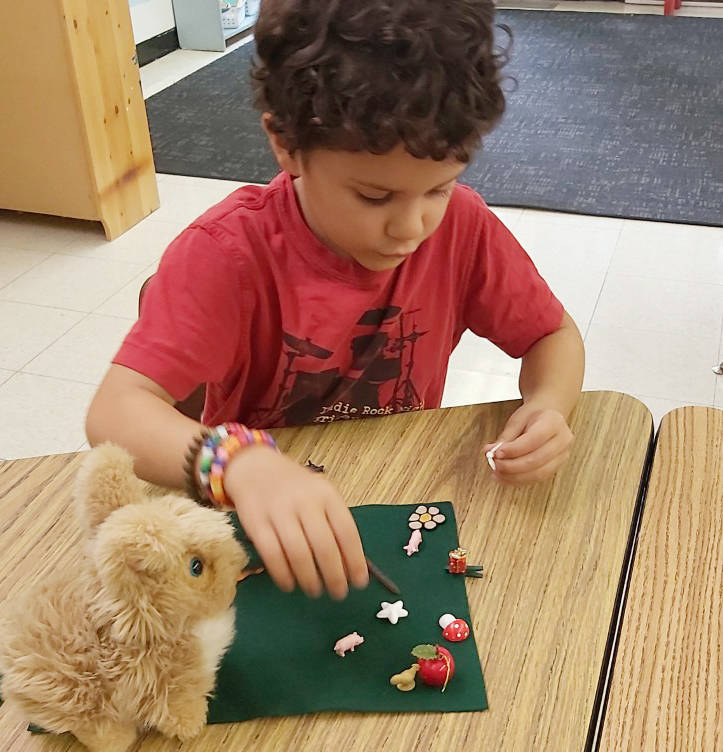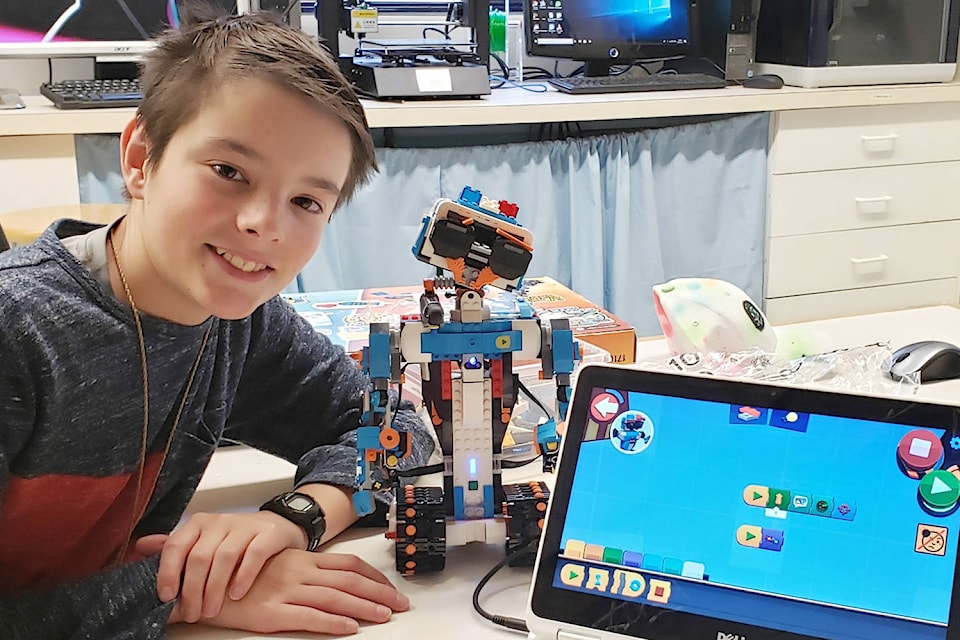How should children learn in the digital age?
Understanding technology is essential in our modern world, but parents are also told to restrict their children’s screen time. How do you do both?
The trick, Stella Fleming says, is to teach kids to be producers, not consumers.
As Primary Team Lead, Fleming mentors elementary school teachers at Lighthouse Christian Academy on the latest science-based education techniques.
“When technology is used as a babysitter children are usually consuming without any thought. That’s not necessarily a bad thing, but they won’t be learning or discerning.”
Students at Lighthouse Christian Academy are encouraged to ask questions when using technology.
“You can’t just give technology to a kid and expect them to work it out. It takes schooling to become a producer.”
Lego robots, stop-motion mathematics
Primary school students at Lighthouse Christian Academy learn to code using Lego Boost. Students develop fine motor skills and cognitive abilities while building with Lego blocks, then use play-based learning to explore the app and discern what different coding icons do.
“You can build a road map for your robot then program it to navigate the map or build a working Lego guitar,” Fleming says.
That makes students active instead of passive while using technology, and that drive to produce will affect the way they engage with the world for the rest of their lives.
The school uses student mentorship to share knowledge across education levels.
“Our Grade 5-6 class was doing great work with stop-motion animation, so we brought them into the Kindergarten-Grade 2 classrooms to teach technology and mathematics,” Fleming says. Younger students told stories about subtraction and older students created videos to demonstrate the mathematical concept.
The 21st century child
You don’t need a lot of technology to make this learning possible. A digital camera is enough to get kids engaging in the world in a different way.
Students in younger grades have e-portfolios, and initially teachers photograph student projects. But as students develop they take charge of documenting their learning, which helps them understand that ‘learning’ isn’t a negative thing. Students in Grade 2 recently engaged in place-based learning by exploring Westhills and photographing things they were curious about.
“It was a great project for teachers to get their student’s perspective,” Fleming says, “Kids are shorter than adults so they notice different things. You get to see how they see and what they’re interested in.”
Back in the classroom teachers guided students to ask questions like ‘What does that sign mean?’ or ‘Why do we have that in our neighbourhood?’
“The 21st century child is bombarded with so many images. Which ones should they pay attention to and which ones should they discard? That takes schooling.”
Want to learn more? Visit the Lighthouse Christian Academy Primary Open House on Jan. 14 from 5:30 p.m. to 7 p.m.

